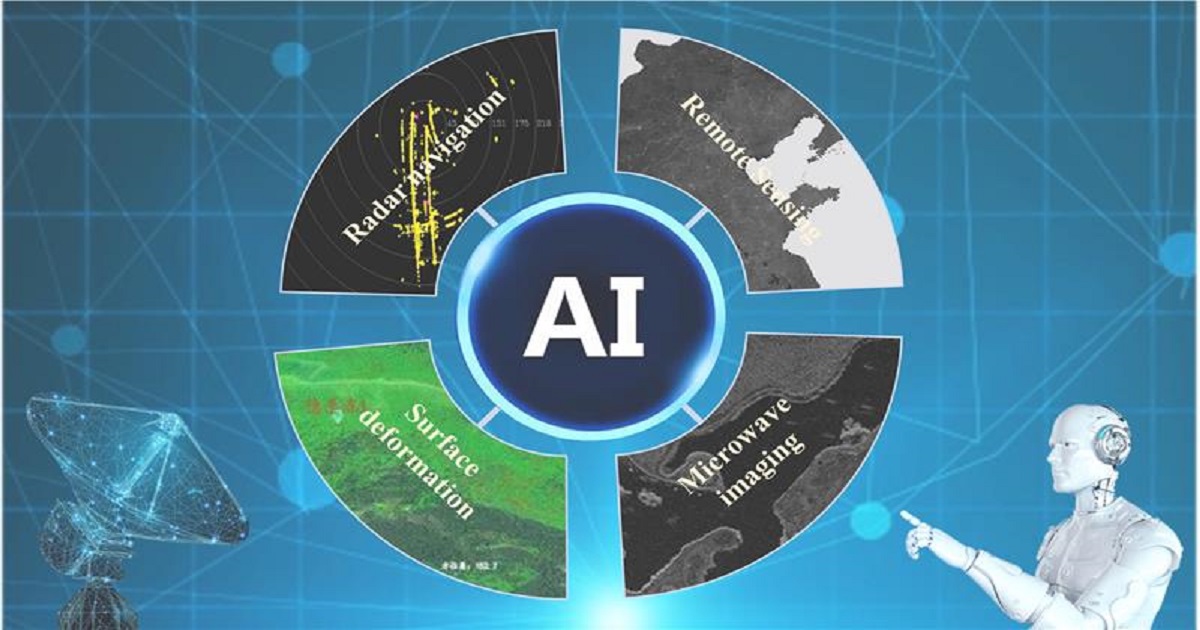Radar Signal and Data Processing with Applications, 2nd Edition
Topic Information
Dear Colleagues,
Radars perform a significant role in the airborne, vehicle, shipborne, or surface deformation monitoring fields because of their all-day and all-weather abilities. Many studies have been carried out to improve the sensing precision of radars, such as multi-dimensional sensing, multi-domain detection, and super-resolution methods, among others. However, it is difficult to fully extract information using traditional data processing approaches. With the development of artificial intelligence, radar performance has been improved. Therefore, there is a need to further explore new AI technologies or advanced algorithms with high precision and performance. This Topic collection is open to researchers and authors who want to submit works in the fields of radar applications, new methods in radar signal processing, novel approaches to improving radar performance, and AI methods in radars. We are looking forward to submissions on topics of interest including but not limited to the following:
- Radar signal processing;
- AI in radar;
- Radar imaging;
- Super-resolution radar;
- Airborne radar;
- Vehicle radar;
- Shipborne radar;
- Surface deformation radar;
- Biomedical radar to include vital sign monitoring and other biomedical radar applications;
- Antennas for radar applications;
- mmWave radars;
- New radar applications.
Prof. Dr. Yin Zhang
Prof. Dr. Yulin Huang
Dr. Deqing Mao
Dr. Yanki Aslan
Topic Editors
Keywords
- radar system
- radar signal processing
- radar performance improvement
- AI in radar
- radar applications
